By Julie Wright —President
Twitter: @juliewright
If you’re a communicator today, that means you’re also an information junkie. What choice is there? If you don’t keep an eye on social media algorithm changes, newsroom shuffles and the next big thing, your next campaign could miss its mark.
Podcasts can make it a lot easier for PR professionals to keep up. While you’re driving, commuting or walking the dog, here are five fascinating podcasts for PR pros that you can queue up in your favorite podcast app to stay ahead of the curve or at least keep pace with the shifting media and digital landscape.
1. HowSound: The Backstory to Great Radio Storytelling
Why is HowSound worth a listen for PR pros? Because it’s all about great storytelling, and all great PR campaigns must start with a story worth telling and well told. HowSound digs into the stories that leave you parked in your garage waiting for their conclusion. It also shares the choices radio reporters and podcasters make to more deeply engage the listener. In short, it’s an opportunity to hone your own craft as a storyteller.
Tune in to episodes like “The Value of a Sympathetic Character,” which goes behind the scenes on the popular Heaven’s Gate podcast. Or “Don’t Write. Tell” which explains how a Planet Money reporter made a story on flood insurance memorable.
2. Social Media Marketing Podcast
Each episode of the Social Media Marketing podcast is a deep dive into a topic related to—you guessed it—social media marketing and explored through host Michael Stelzner’s interviews with experts. The information is always up to the minute and insightful. As a podcast for PR pros, it will help you make the most of the social and digital tools available for your storytelling. Stelzner, of Social Media Examiner, and his guests are generous with their knowledge. I really enjoyed listening to Sue B. Zimmerman’s interview last month on “Instagram Stories: How Business Can Make the Most of Stories.”
3. How I Communicated That from PRSA
I’ve only listened to the first two episodes of this podcast for PR pros that launched on the PRSA Member app in February, but I have high hopes for it. Its public debut on the PRSA website is expected in April. The first episode featured career advancement insights from a recruiter and the March episode featured a communications leader from the prestigious Cleveland Clinic on the changing role and expectations of her department. April’s episode features a Chipotle executive speaking on reputation management. How I Communicated That promises listeners “real world experiences that help communications professionals hone their skills amidst a rapidly changing environment.”
4. 2Bobs: Conversations on the Art of Creative Entrepreneurship
David C. Baker and Blair Enns are the only voices you’ll hear in the 2Bobs podcast, but for PR and other creative agency principals, CAUTION! 2Bobs can become habit forming. Baker and Enns mine their experiences as agency consultants and conduct incredibly open, frank conversations about the agency business. Take, for instance, this episode titled “How to Drive Your Employees Bat Sh*t Crazy.” (I, of course, have never done that to any of my employees, at least never more than one a week.)
5. Honorable Mentions
I’ve got so many favorite podcasts that my fifth pick is a bit of a cheat because I’ve turned it into a grab bag of favorites that are loosely connected to communications, media and PR specifically. However, here’s my take: as I stated off the top, to be a communicator today means being an information junkie, and that often means a lot of information is competing for your attention in a swipe-left, 280-character world. So, these podcasts are an opportunity to immerse yourself in a topic or a story as opposed to your constant multitasking. Think of these as a meditation or the equivalent of a Sunday Times long read.
Let’s start with Criminal with host Phoebe Judge. It rarely disappoints. The recent episode, “Cold Case,” I found mildly interesting until around the 24th minute at which point I was hooked for the last 10. Check it out if you enjoy a little true crime or mystery. Phoebe’s voice is the crème brulee of podcasting. Listen and you’ll understand.
The podcast Reveal which is a co-production between PRX and the Center for Investigative Reporting is always engrossing. Their episode on Silicon Valley and diversity creatively tackled the subject of gender and race in tech company leadership ranks. They did it by assembling a choir and contrasting a chorus that proportionately represented each gender and demographic. So, you could hear the small number of female voices/CEOs counterpointed against the large male chorus/CEOs or the near solo-sounding voices of African-American singers/CEOs contrasted with growing choruses representing Asian, Hispanic and white singers/CEOs. I suppose you have to hear it to appreciate its genius.
But tune in if just to listen to corporate spokespeople trying their best to cope with uncomfortable questions about issues like diversity, pay equity among female engineers at Google or Tesla’s safety record in its plant.
Hidden Brain with Shankar Vedantam uses science and storytelling to reveal the unconscious patterns that drive human behavior, choices and relationships. It’s always thought-provoking and often applies to the art and science of strategic communications.
I’ll save some of my other favorites for a future blog post. But if you’re not already listening to these podcasts for PR pros, you’re missing out and quite possibly falling behind! Let me know what podcasts you think we’re missing! Shoot me a note on Twitter at @juliewright.
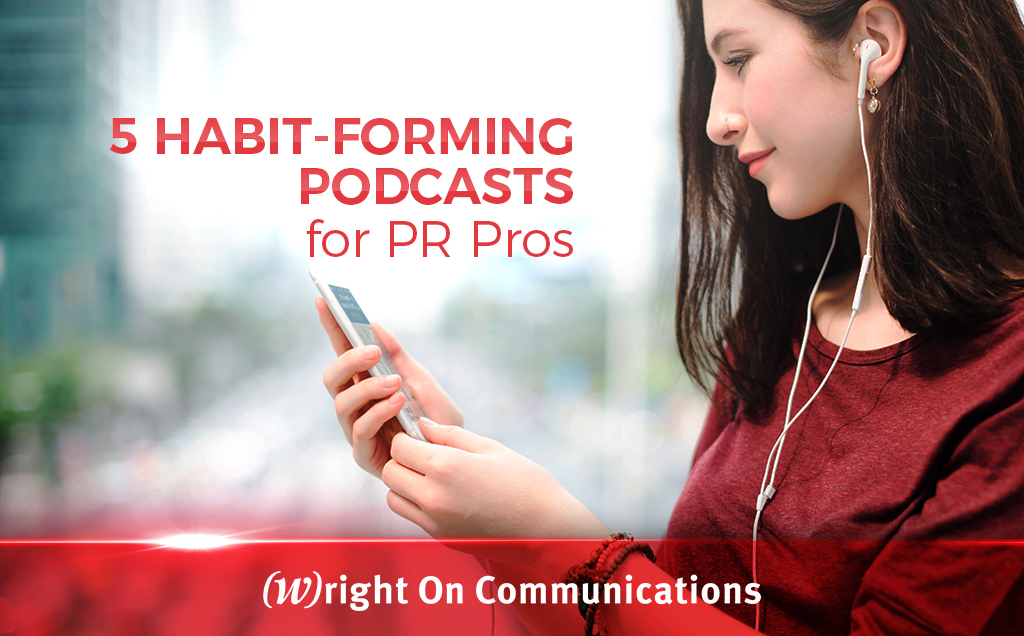
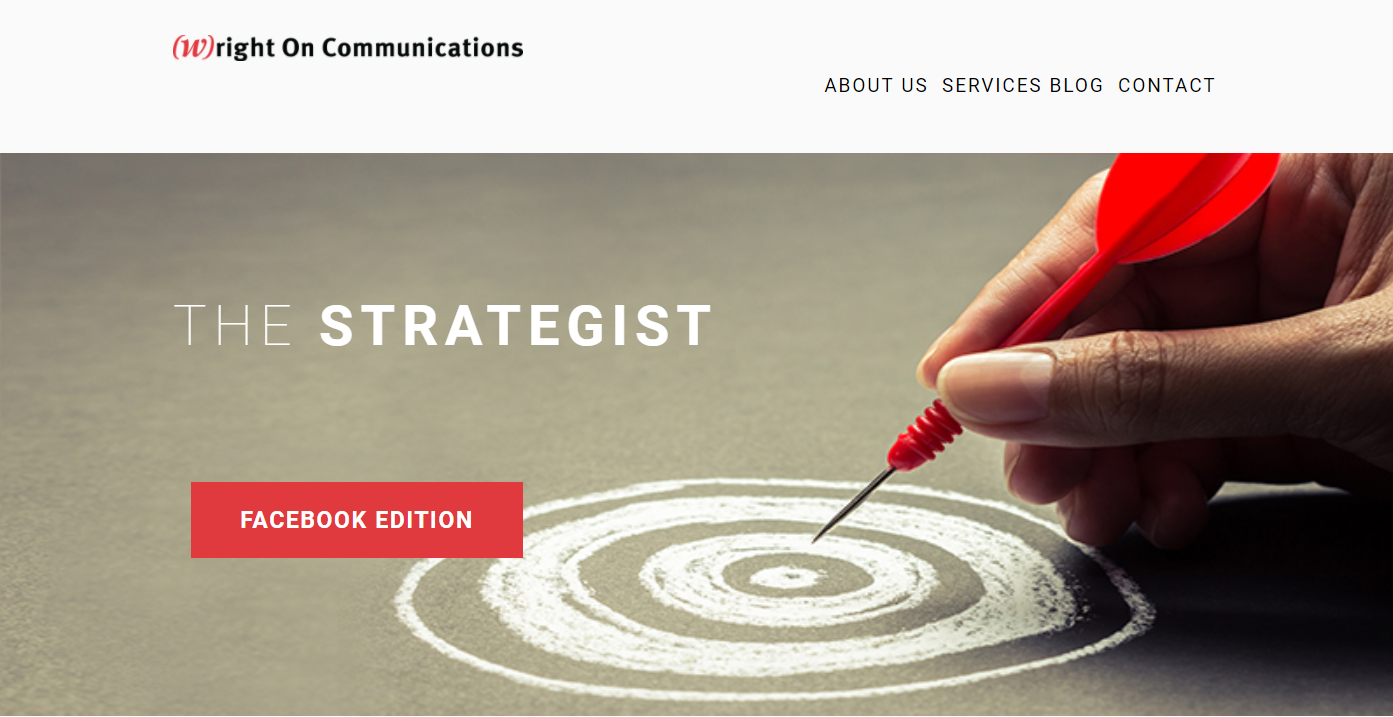
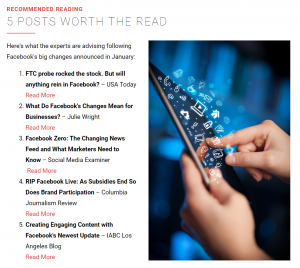



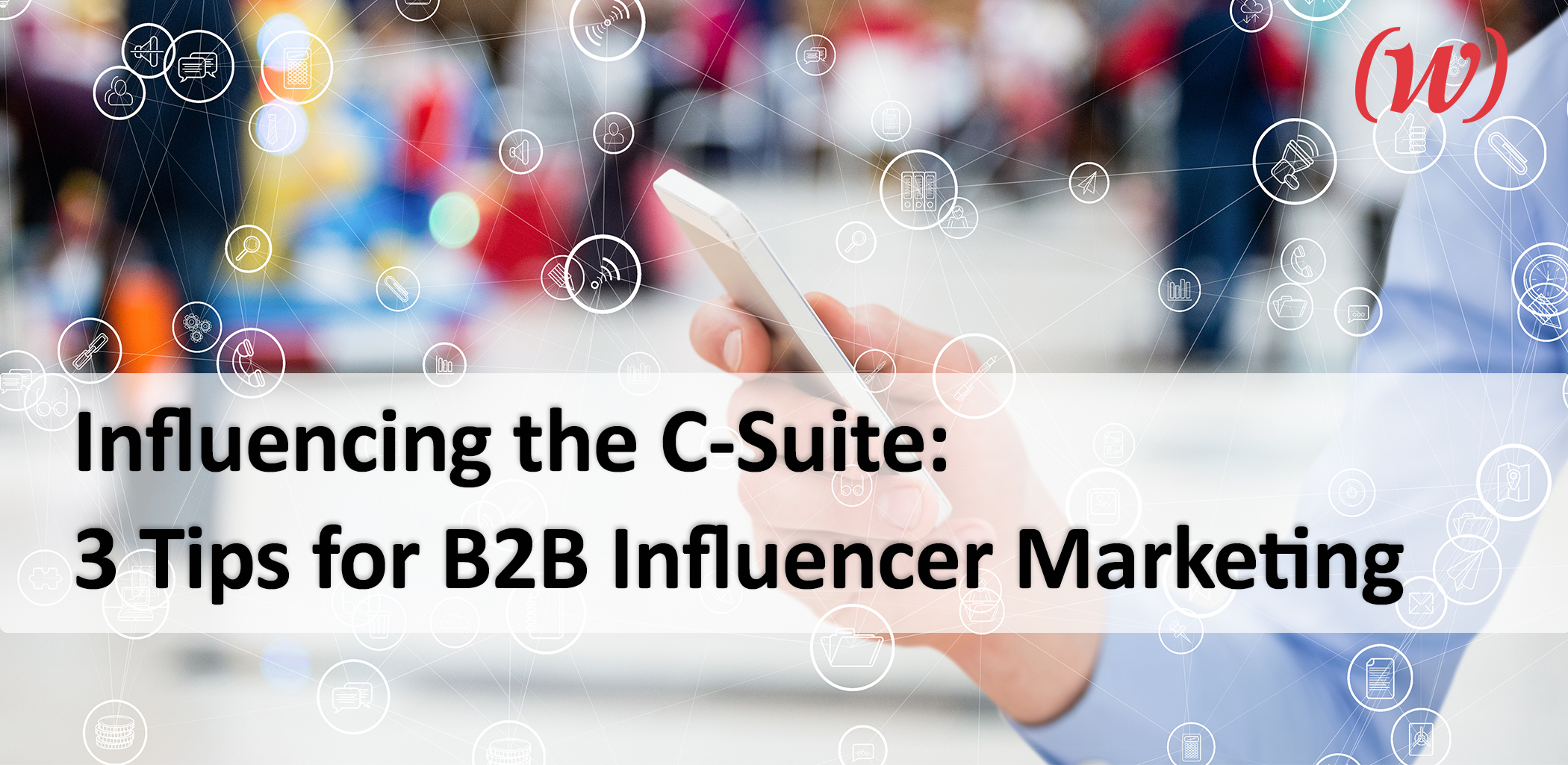
 As with B2C, B2B influencer marketing is about connecting with influential people in your community and leveraging them to build trust and credibility, driving your message. In this digital age, where social media is becoming a regular part of everyone’s lives, influencer marketing is becoming a vital part of the communications strategy. And yes, you can and should use it for B2B companies. The C-Suite is engaged on social media and
As with B2C, B2B influencer marketing is about connecting with influential people in your community and leveraging them to build trust and credibility, driving your message. In this digital age, where social media is becoming a regular part of everyone’s lives, influencer marketing is becoming a vital part of the communications strategy. And yes, you can and should use it for B2B companies. The C-Suite is engaged on social media and 
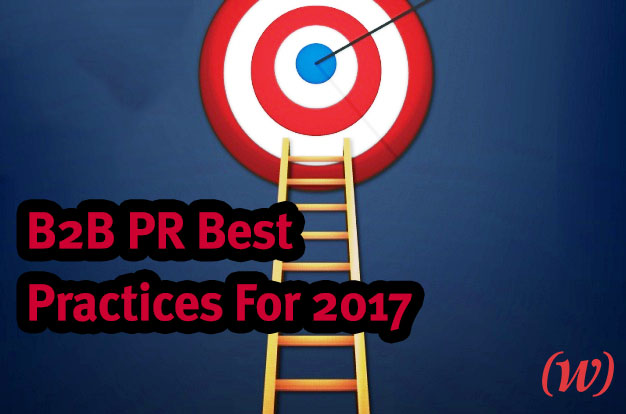













 Grant Wright
Grant Wright Corie Fiebiger
Corie Fiebiger
 Shae Geary
Shae Geary Phelan Riessen
Phelan Riessen Katrina Early
Katrina Early Hamish Marshall
Hamish Marshall